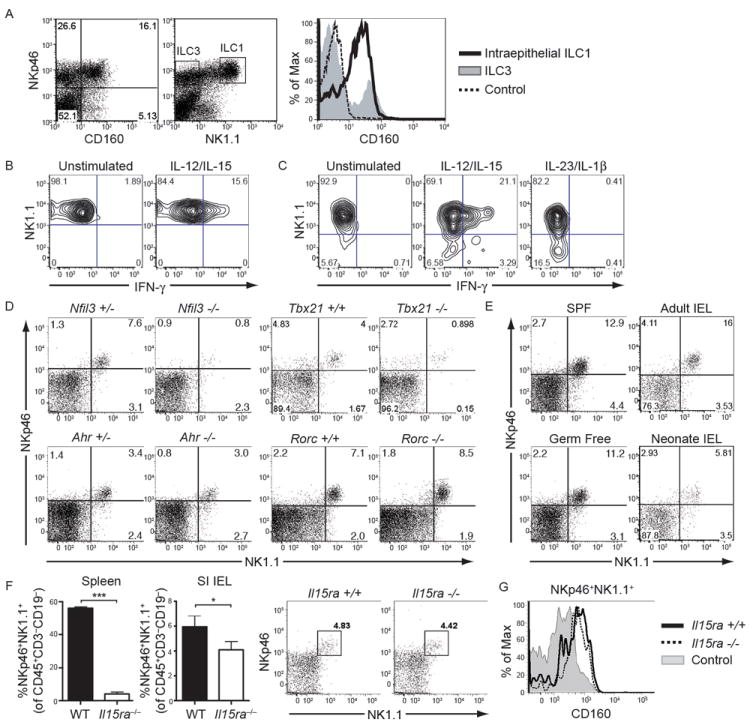Figure 6. see also Figure S4. Phenotype, function and developmental requirements of murine intraepithelial ILC1.

(A) Small intestine IEL of Rag-1-/- mice were analyzed for the expression of NKp46, NK1.1 and CD160. The majority of NKp46+NK1.1+ IEL (histogram, black line) express CD160, while NKp46+NK1.1− ILC3 (histogram, gray profile) do not. Control staining of NKp46+NK1.1+ cells is indicated by a dotted line. Cells in the dot plots were gated on live lymphocytes. (B) IEL from Rag-1-/- mice were stimulated in vitro with IL-12 and IL-15 and analyzed for intracellular IFN-γ. Cells were gated on CD45+NK1.1+ cells. (C) IEL from C57BL/6 mice were stimulated in vitro with a combination of IL-12 and IL-15, or with IL-23 and IL-1β, and analyzed for intracellular IFN-γ. Cells were gated on CD45+CD3−NKp46+ cells. (D) Frequencies of intraepithelial ILC1 in the small intestine of Nfil3-/-, Ahr-/-, Tbx21-/- and Rorc-/- mice and littermate controls. Cells were gated on CD45+CD3−CD19−. (E) Small intestinal IEL of conventionally housed (SPF) or germ-free C57BL/6 mice, as well as of adult and neonate C57BL/6 mice, were analyzed for the presence of NKp46+NK1.1+ cells. Cells were gated on CD45+CD3−CD19−. (F) ILC1 within IEL are largely preserved in Il15ra-/- mice. Left, frequencies of NKp46+NK1.1+ cells within spleen and intestinal IEL (gated on CD45+CD3−CD19−) from wild-type and IL15ra-/- mice from experiments with four mice each. Data are represented as mean +/- SD. Right, representative dot plots from IEL from wild-type and IL15ra-/- mice. (G) ILC1 from small intestinal epithelium of wild-type (black line) and IL15ra-/- mice (dotted line) express similar levels of CD160. Cells were gated on CD45+CD3−CD19−, followed by gating on NKp46+NK1.1+ cells. The gray profile indicates CD160 on wild-type splenic NKp46+NK1.1+ cells.
